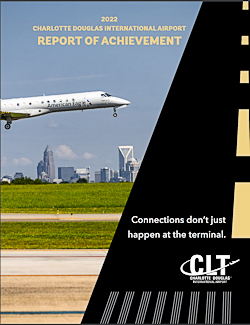Action is the Antidote
A lot of people have COVID fatigue. And who can blame them? It’s been a drain. This pandemic has dragged on far longer than America’s typical attention span.
 Lately, TV news reminds me of the movie Groundhog Day. Every day we hear the same story about the coronavirus pandemic and the economy. The hotspots may be in different cities or states, but the story remains the same. It goes on and on and on. People are not only sick from coronavirus, they’re also sick of it. But, until a vaccine(s) is approved, and enough of the general public is vaccinated, we remain locked in this weird dance between freedom and safety.
Lately, TV news reminds me of the movie Groundhog Day. Every day we hear the same story about the coronavirus pandemic and the economy. The hotspots may be in different cities or states, but the story remains the same. It goes on and on and on. People are not only sick from coronavirus, they’re also sick of it. But, until a vaccine(s) is approved, and enough of the general public is vaccinated, we remain locked in this weird dance between freedom and safety.
As a viewer, I long for more variety in the news. But as a publisher, I’m happy that coverage in Airport Improvement hasn’t changed all that much. It still focuses on infrastructure improvements, innovative project techniques and new ways to better serve passengers efficiently and safely. And we still interview the airport executives, consultants and suppliers who make the good ideas work. The difference is that COVID is now an important part of the equation, and will be for a while.
For instance, our story about PIT and SJU (Page 30) provides an inside look at technologies and processes that can help keep airport construction projects moving even with staff working from home.
From LAX, we have an article about an airport and its consultants working together (most working pro bono) to test equipment that screens passengers for fevers. Check out Page 18 for more details.
And we also discuss marketing programs that help teach passengers, some who are leery, how to travel safely during the pandemic. See Page 66 for creative examples from LAS and ABE.
Despite a lack of leadership from Washington, airports and airlines are doing a remarkable job dealing with the current circumstances while also preparing for an undefined future of air travel. Their efforts to elevate cleaning standards, enforce mask mandates and develop innovative ways to enhance the travel experience are impressive.
It’s clear that our industry isn’t just waiting and hoping for things to return to “normal”—or holding out for Washington to provide guidance. I see an industry that’s working together to make things happen. That’s the perfect antidote for COVID fatigue.
Cheers,
- Paul
2022 Charlotte Douglas International Airport Report of Achievement
 Giving back to the community is central to what Charlotte Douglas International Airport and its operator, the City of Charlotte Aviation Department, is about, and last year was no different.
Giving back to the community is central to what Charlotte Douglas International Airport and its operator, the City of Charlotte Aviation Department, is about, and last year was no different.
Throughout 2022, while recovering from the COVID-19 pandemic, we continued our efforts to have a positive impact on the Charlotte community. Of particular note, we spent the year sharing stories of how Connections Don't Just Happen at the Terminal - from creating homeownership and employment opportunities to supporting economic growth through small-business development and offering outreach programs to help residents understand the Airport better.
This whitepaper highlights the construction projects, initiatives, programs and events that validate Charlotte Douglas as a premier airport.
Download the whitepaper: 2022 Charlotte Douglas International Airport Report of Achievement.








